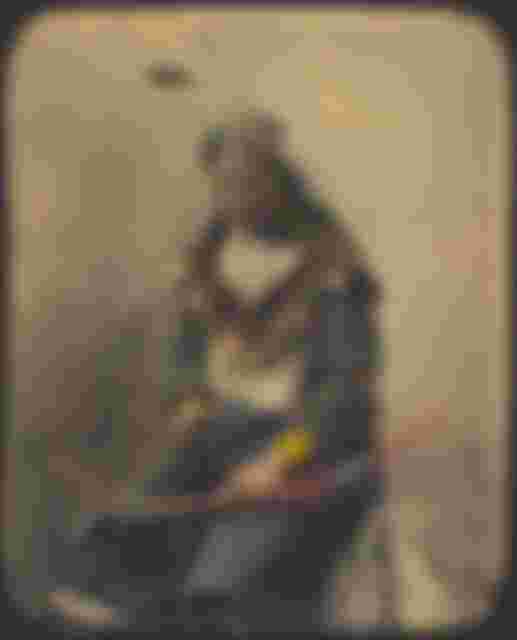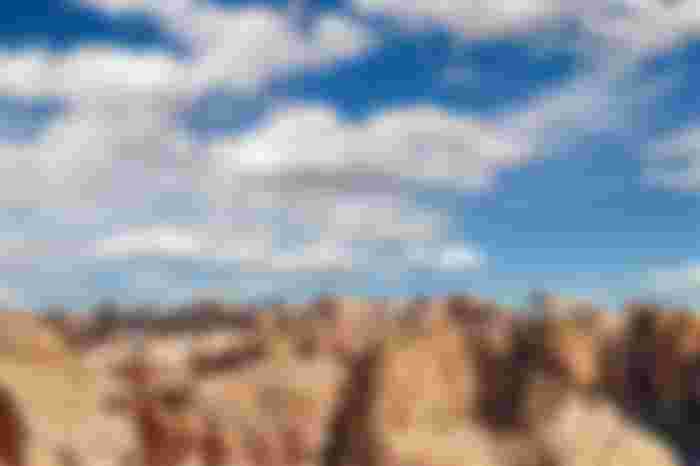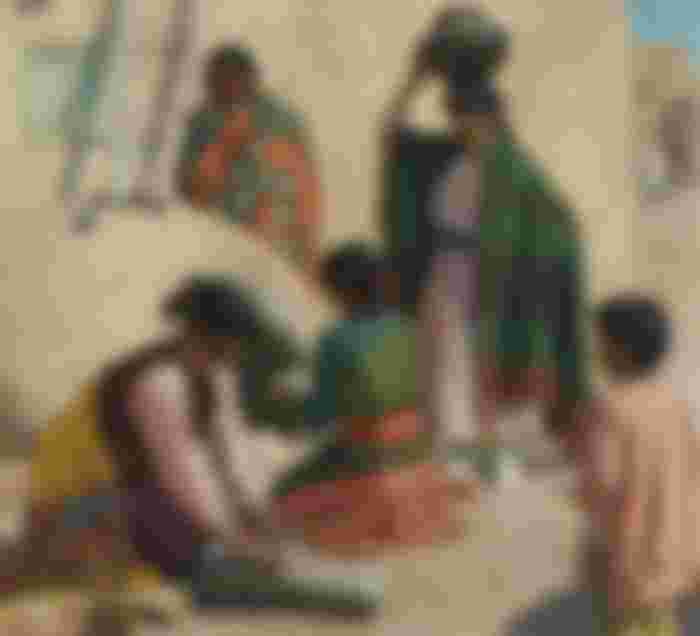With the support of representatives of the Pueblo Indian community, a group of Polish archaeologists came up with numerous startling data and discoveries regarding the settlements and way of life of the ancient inhabitants of the southern areas of the United States.
Given the strong opposition of the descendants of the natives of certain areas of Colorado, Utah, New Mexico and Arizona, who believe that the spirits of their ancestors still inhabit abandoned sites and settlements, it is very difficult to get permission for archaeological research. However, a group of Polish researchers, led by Dr. Radoslaw Palonka from the Archaeological Institute in Krakow, have been staying in Colorado for the last six years, carefully studying the enigmatic past and legacy of the Pueblo Indians.

During that multi-year period, this group of scientists had to adopt certain rules and norms of behavior taught to them by their hosts, which require strict respect for the customs and beliefs of this Indian community. This means, among other things, that when researchers go to a certain locality, they must always be accompanied by someone from Pueblos. Upon arrival at the destination, the Indian says a prayer and offers a sacrifice in the form of flour made from what is believed to be a sacred plant, and members of the archeological team also participate in this ritual.
Research by Polish archaeologists is mostly conducted at three destinations in the Colorado Canyon area. In these places, scientists are trying to reconstruct the way of life and the most important socio-cultural models of thinking and behavior of the Pueblo Indian community. Among others, the goal of their work is to answer the question regarding the mysterious disappearance of this civilization around 1300. Cooperation with the local population is of great importance in these efforts. Dr. Palonka says, “Meetings and conversations with Indians are very helpful. Given that the settlements they are building today are very reminiscent of those of a thousand years ago, data on the ways and style of construction greatly facilitate the process of reconstruction, description and understanding of the ruins. ”

When building Pueblo stone settlements, buildings and structures, the Indians always took into account the points of the world and the position of the surrounding mountains. During the construction, nothing was left to chance. The placement of windows and doors was not arbitrary, but always in direct connection with the movement of the Sun on the horizon, especially during short days and equinoxes. Also, it is noticeable that the settlements are mostly facing south or southeast.
This phenomenon can be partly attributed to practical reasons, because during the winter period, a greater accumulation of heat was achieved in that way. However, it is probable that religious or some other reasons also influenced this way of construction, because as many as three of the four kiwis (religious rooms) have openings that face south. In these places, sacrifices were made, ritual celebrations and ceremonies were performed, or the movement of celestial bodies was observed, which is supported by many drawings and depictions carved on the surrounding rocks and stones. Various important data can be found on some of them, for example, on the periods most suitable for sowing and harvesting plants crucial for the survival of the community.




Very good article